Can Digital Camera Record Videos?
In the ever-evolving world of technology, digital cameras have become a staple for both amateur and professional photographers. However, one question that often arises is whether digital cameras can record videos. The short answer is yes, most modern digital cameras are equipped with video recording capabilities. This article will delve into the various aspects of video recording with digital cameras, including the types of digital cameras that can record videos, the quality of video they can produce, and practical tips for getting the best video results.
Types of Digital Cameras That Can Record Videos
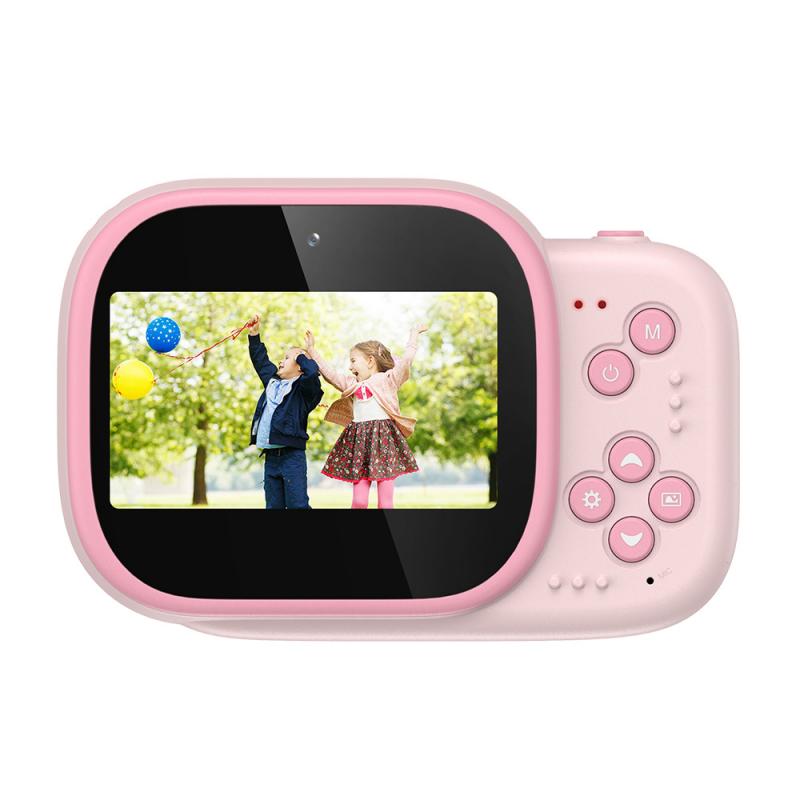
1. Point-and-Shoot Cameras
Point-and-shoot cameras, also known as compact cameras, are designed for simplicity and ease of use. Most modern point-and-shoot cameras come with video recording capabilities. These cameras are ideal for casual users who want to capture moments without the need for advanced settings. The video quality in point-and-shoot cameras has significantly improved over the years, with many models now offering Full HD (1080p) and even 4K video recording.
2. DSLR Cameras
Digital Single-Lens Reflex (DSLR) cameras are popular among both amateur and professional photographers. These cameras offer superior image quality and a wide range of manual controls. Most DSLRs come with video recording features, and they are capable of producing high-quality videos. DSLRs are particularly favored for their ability to use interchangeable lenses, which can significantly enhance video quality and provide creative flexibility.
3. Mirrorless Cameras
Mirrorless cameras are similar to DSLRs but lack the mirror mechanism, making them more compact and lightweight. These cameras have gained popularity for their excellent video recording capabilities. Many mirrorless cameras offer 4K video recording and advanced features such as in-body image stabilization, making them a great choice for videographers.
4. Action Cameras
Action cameras, such as the GoPro, are designed for capturing high-quality video in extreme conditions. These cameras are compact, rugged, and often waterproof, making them ideal for adventure sports and outdoor activities. Action cameras typically offer high-resolution video recording, including 4K, and come with various mounting options for versatile shooting angles.
5. Bridge Cameras
Bridge cameras, also known as superzoom cameras, bridge the gap between point-and-shoot cameras and DSLRs. They offer a wide range of manual controls and long zoom lenses. Most bridge cameras come with video recording capabilities, and many models offer Full HD or 4K video recording.
Video Quality and Features

The video quality of digital cameras can vary significantly depending on the type and model. Here are some key features to consider when evaluating a digital camera's video recording capabilities:
1. Resolution
Resolution is one of the most important factors in video quality. Common video resolutions include:
- HD (720p): Suitable for basic video recording.
- Full HD (1080p): Provides good video quality and is widely supported.
- 4K (2160p): Offers excellent video quality with high detail, suitable for professional use.
2. Frame Rate
Frame rate, measured in frames per second (fps), determines how smooth the video appears. Common frame rates include:
- 24 fps: Standard for cinematic video.
- 30 fps: Common for general video recording.
- 60 fps: Provides smoother motion, ideal for action shots.
3. Bitrate
Bitrate affects the amount of data processed per second in a video. Higher bitrates result in better video quality but larger file sizes. Look for cameras that offer adjustable bitrate settings.
4. Autofocus
Continuous autofocus is crucial for video recording, especially when capturing moving subjects. Look for cameras with reliable and fast autofocus systems.
5. Image Stabilization
Image stabilization helps reduce camera shake, resulting in smoother videos. Some cameras offer optical image stabilization (OIS), while others provide electronic image stabilization (EIS).
6. Audio Quality
Good audio quality is essential for video recording. Look for cameras with built-in microphones and the option to connect external microphones for better sound capture.
Practical Tips for Recording Videos with Digital Cameras
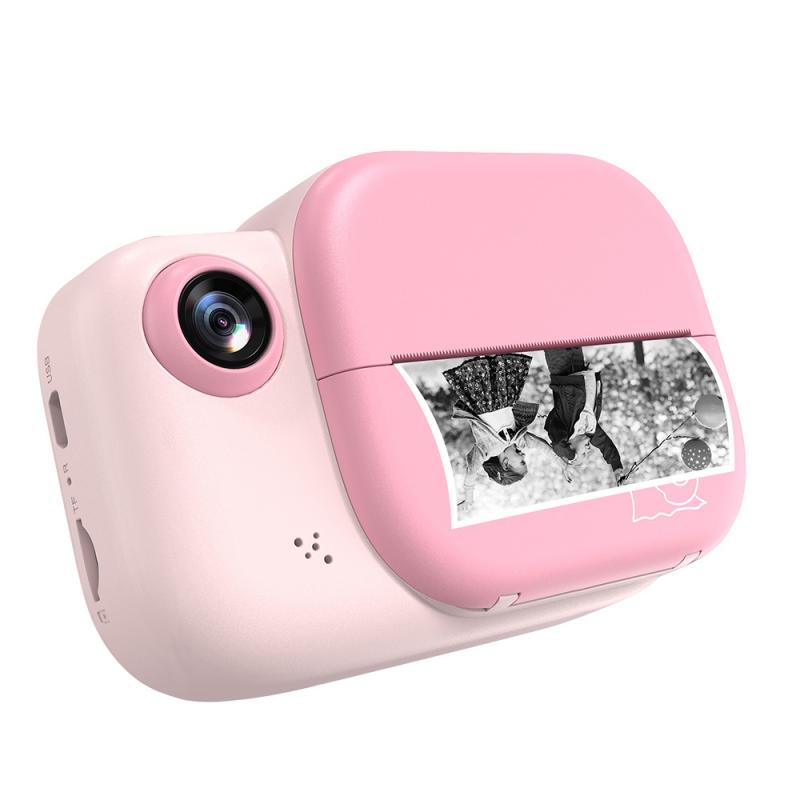
1. Use a Tripod
A tripod can significantly improve video stability, especially for static shots. It helps eliminate camera shake and allows for smoother panning and tilting.
2. Manual Settings
Experiment with manual settings such as aperture, shutter speed, and ISO to achieve the desired video look. Manual control allows for greater creative flexibility.
3. Lighting
Good lighting is crucial for high-quality video. Natural light is often the best option, but you can also use artificial lighting to enhance your video.
4. Composition
Pay attention to composition and framing. Use the rule of thirds to create visually appealing shots and ensure your subject is well-positioned within the frame.
5. Audio
Invest in an external microphone for better audio quality. Built-in microphones can pick up unwanted noise, while external microphones provide clearer sound.
6. Practice
Practice makes perfect. Spend time experimenting with different settings and techniques to improve your video recording skills.
In conclusion, digital cameras are not only capable of recording videos, but they also offer a wide range of features and options to suit different needs and preferences. Whether you are a casual user looking to capture everyday moments or a professional videographer seeking high-quality footage, there is a digital camera that can meet your requirements. By understanding the types of digital cameras available, the key features to look for, and practical tips for recording videos, you can make an informed decision and achieve the best possible video results.



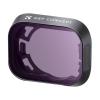


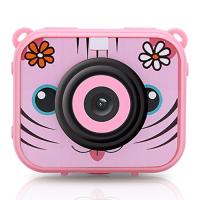





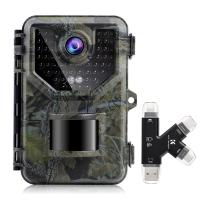
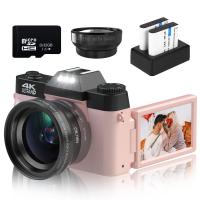
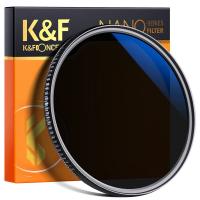
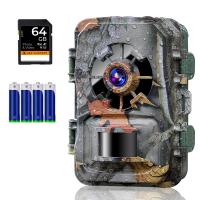
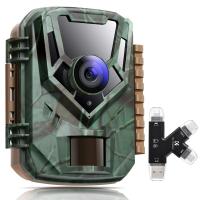
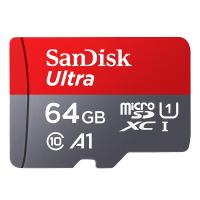
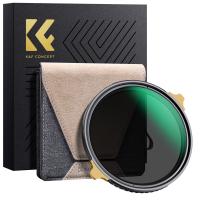


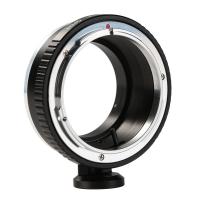


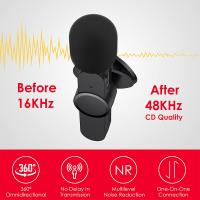
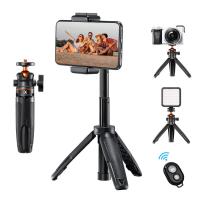
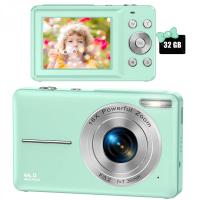


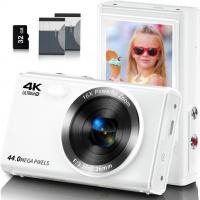
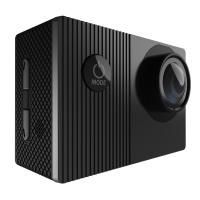
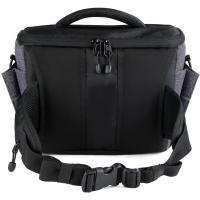

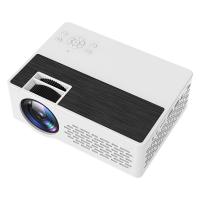
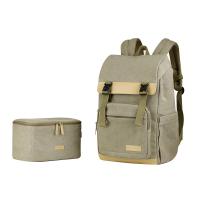
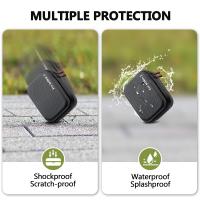

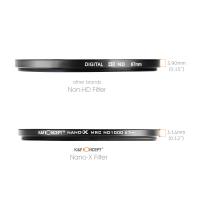
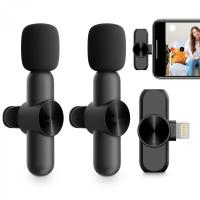



There are no comments for this blog.